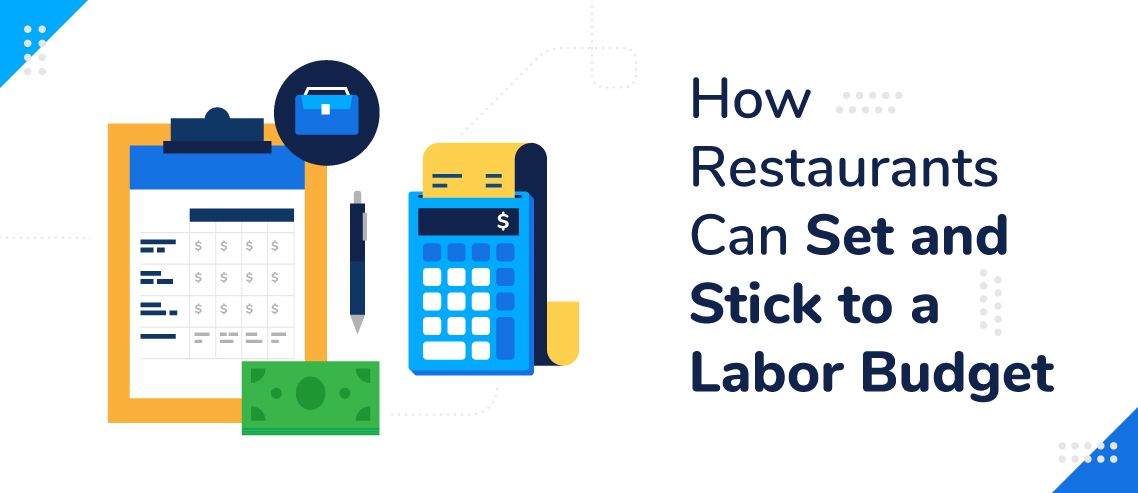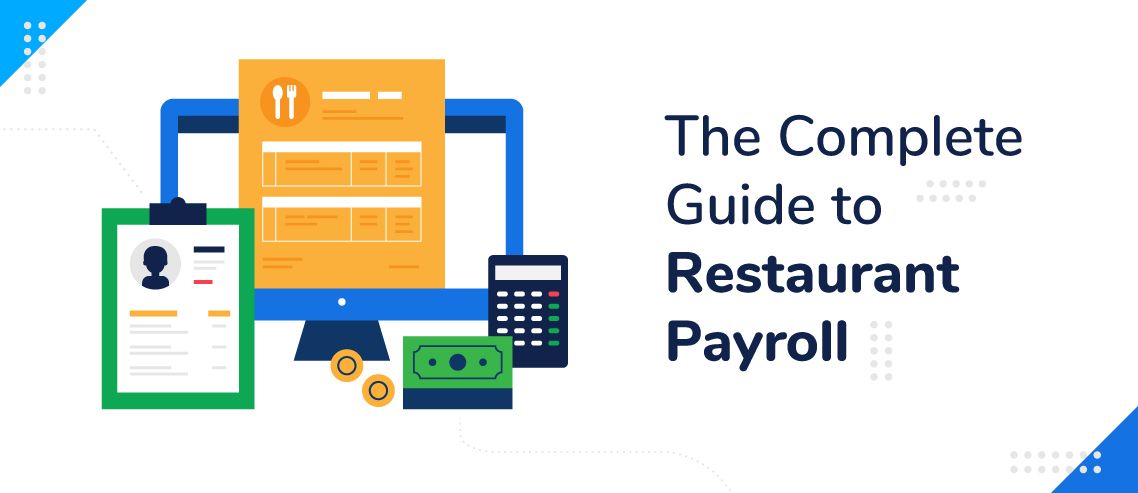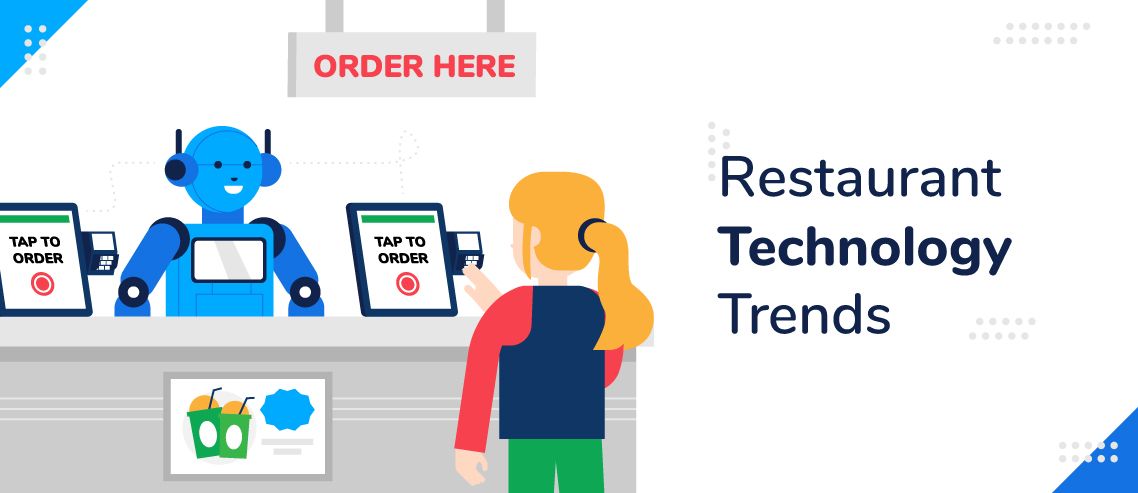How Restaurants Can Set and Stick to a Labor Budget

There is a cost to hiring, training, onboarding, and engaging your employees. For most restaurants, this is one of their biggest expenses.
Sticking to a labor budget is a challenge, because managers want to keep their workers happy by giving them enough hours, but also don’t want to take on unnecessary labor costs.
Never fear – you’re about to discover how to create, stick to, and even optimize your labor budget.
How To Use A Labor Budget Formula To Set Your Budget
If you want to stick to a budget, first you must make one.
Here is a simple way to calculate your budget.
First, add together the total number of hours worked by your staff in a week. For this example, we’ll say you have six employees each working 40 hours per week. So, the total number of hours worked would be 240.
Second, multiply the number of hours worked by your hourly rate. The minimum wage in US is $7.25 per hour, though there are some states that have a higher minimum wage laws. For simplicity, we’ll say you’re paying $8 per hour per employee. So, 240 multiplied by eight would be $1,920. This is essentially your weekly budget.
Third, divide the number you just calculated by the number of weeks there are in a year (52). In this example, the answer would be 37 (after rounding up). Now you know that you’re paying $37 per hour worked.
Note: This is a very simplistic example. It’s rare for restaurants to have standard pay across the board. For instance, you may be paying your kitchen staff more than you’re paying your servers.
Additionally, there are a host of other costs commonly associated with employees, including: bonuses, overtime, payroll taxes, healthcare and benefits, sick and vacation days, and so forth. It’s not a bad idea to incorporate these costs into your budget.
Now that you know how to set your labor budget, it’s time to learn how to stick to it.
By the way, Toast has a free restaurant labor cost calculator you can use to determine how much you’re spending on labor. On average, the average labor cost in the food service industry is 30 to 35%, which should give you a good idea of whether your costs are within an acceptable range, or if you need to further optimize.
Reduce Turnover
Turnover is a common challenge in the hospitality industry and it’s expensive to boot. Reduce turnover by ensuring you have the most effective hospitality scheduling software on the market.
Just think of all the time and resources that go into hiring, onboarding, and training. Every time you need to replace a worker, you must pay for these costs all over again.
Reducing turnover isn’t as complicated as it sounds. The reason it often goes unchecked is because employers or managers either don’t know what steps to take, or don’t fully understand the importance of them.
You should take time to engage your employees, implement employee retention strategies, and even try hosting an employee appreciation day.
Specifically, employee engagement is key. Simply providing more positive feedback, encouraging creativity, and building trust with your employees can go a long way.
Improve Your Training
One of the reasons onboarding and training can quickly become a major expense is that it isn’t optimized. With the right puzzle pieces in place, you can greatly reduce the amount of time it takes to bring a new worker up to speed and provide a better education in the process.
Here are a few items you should consider creating if you haven’t already:
– An employee handbook
– An employee training plan
– Detailed checklists for every task
Holding regular staff meetings and reviews as well as cross-training your staff can also help with optimizing your labor budget.
READ NEXT: How to Cross-Train Your Restaurant Employees
Systemize & Optimize Your Business
The first step to systemizing your business is creating Standard Operating Procedures (or SOPs).
Once your SOPs are in place, it’s a matter of implementing and then optimizing them.
This is an ongoing process, and there isn’t necessarily an end to it. There are always more SOPs to create, and you can always make processes more efficient.
But one thing is for sure – your employees will be far more effective in their work when they have process maps, checklists, or flowcharts. When they’re equipped with the right tools, you’ll find much of their work can be completed without your direct involvement.
If you aren’t convinced of the importance of systems, you have but to look to the success of popular chains like Subway and McDonald’s to know they work.
Additionally, using a tool like a POS system that allows you to track sales will help you collect valuable data you can use to project weekly labor costs.
With the help of systems, your workers will make fewer mistakes and will end up costing your restaurant less.
READ NEXT: How Much Does it Really Cost to Start a Restaurant
Perfect Your Scheduling
When it comes to scheduling, many managers have trouble getting away from manually updating Excel spreadsheets and then sending out emails and making calls to confirm shifts and time off requests.
This takes far too much of your time and can become a major headache when there are multiple versions of the spreadsheets being passed around, and emails are constantly flying back and forth for confirmation.
It’s no longer necessary to rely on hard copy calendars or Excel spreadsheets. We are in the digital age, and there are better alternatives available, such as a restaurant scheduling app.
These apps allow you to set up schedules in minutes, send mobile notifications, manage everything from one place, and more. When you use an app like this, you’ll begin to eliminate scheduling errors and reduce labor costs.
These tools can also help you predict labor costs because they calculate your planned hours/shifts on the schedule and correlate costs to the positions and rate you’ve designated to them. This will give you a more accurate projection, and after the weekly is over, if you’re using the time tracking feature, you can analyze the labor costs and compare them to your sales.
READ NEXT: The Relational Employee Schedule Formula
Final Thoughts
If you do implement everything mentioned above, you should be able to reduce your labor costs and make them more predictable. This will help you stick to your budget and not go over.
But it is important to understand this won’t happen overnight. You will need to keep working on your turnover, training, systems, and scheduling before you see meaningful results.
Looking for a better way to manage your restaurant schedule? Learn what ZoomShift can do for you today.
JD enjoys teaching people how to use ZoomShift to save time spent on scheduling. He’s curious, likes learning new things everyday and playing the guitar (although it’s a work in progress).



